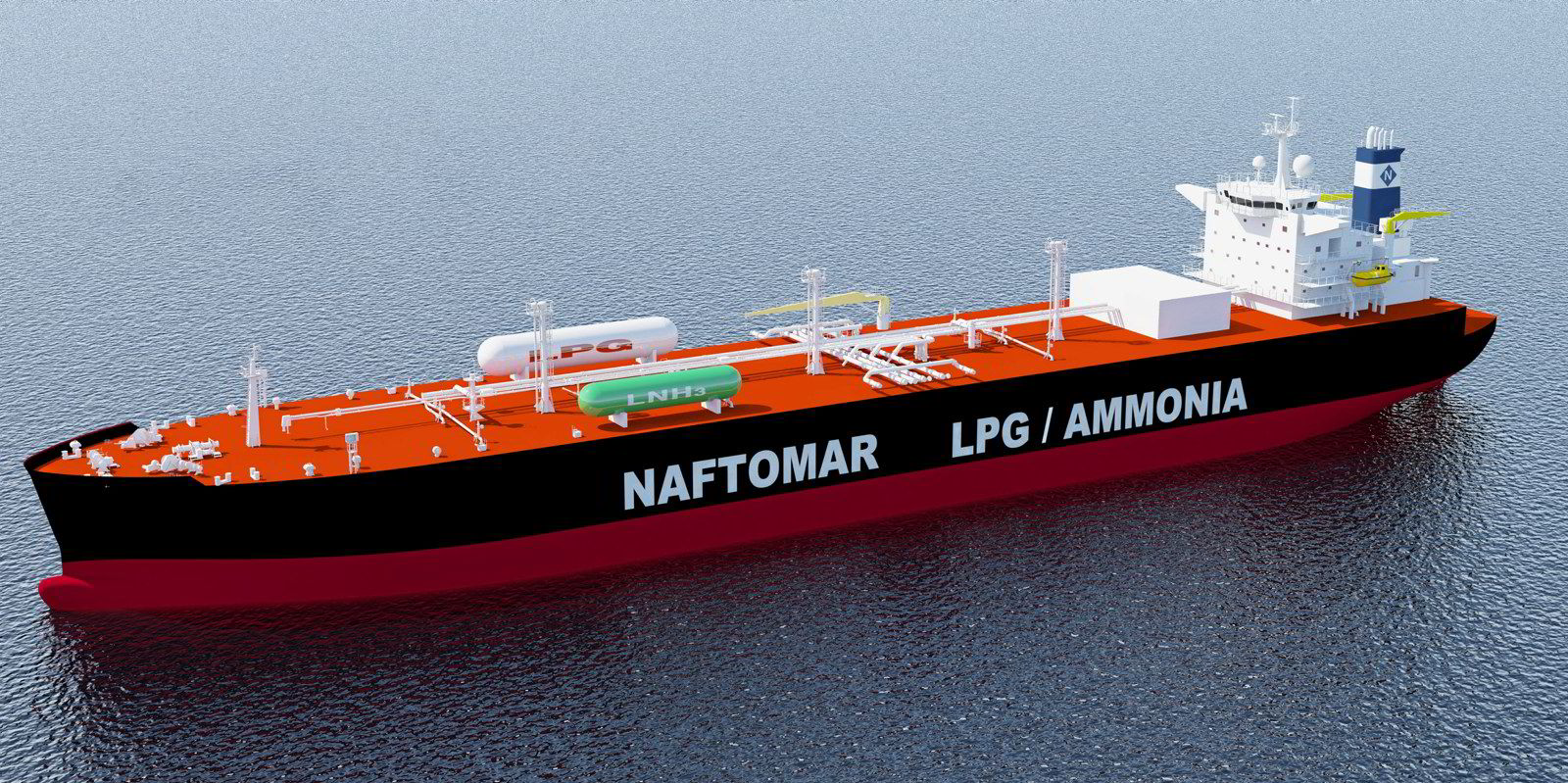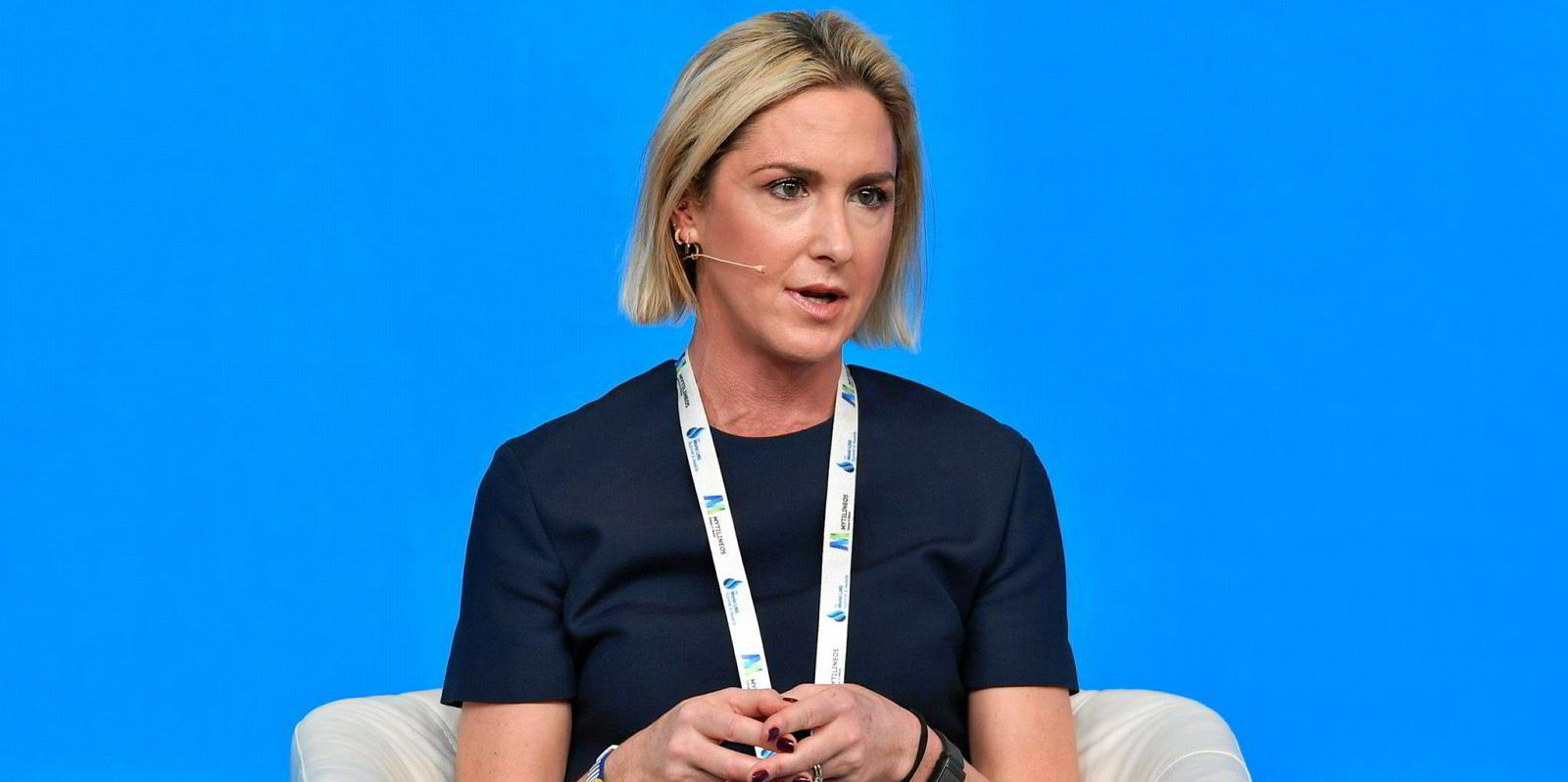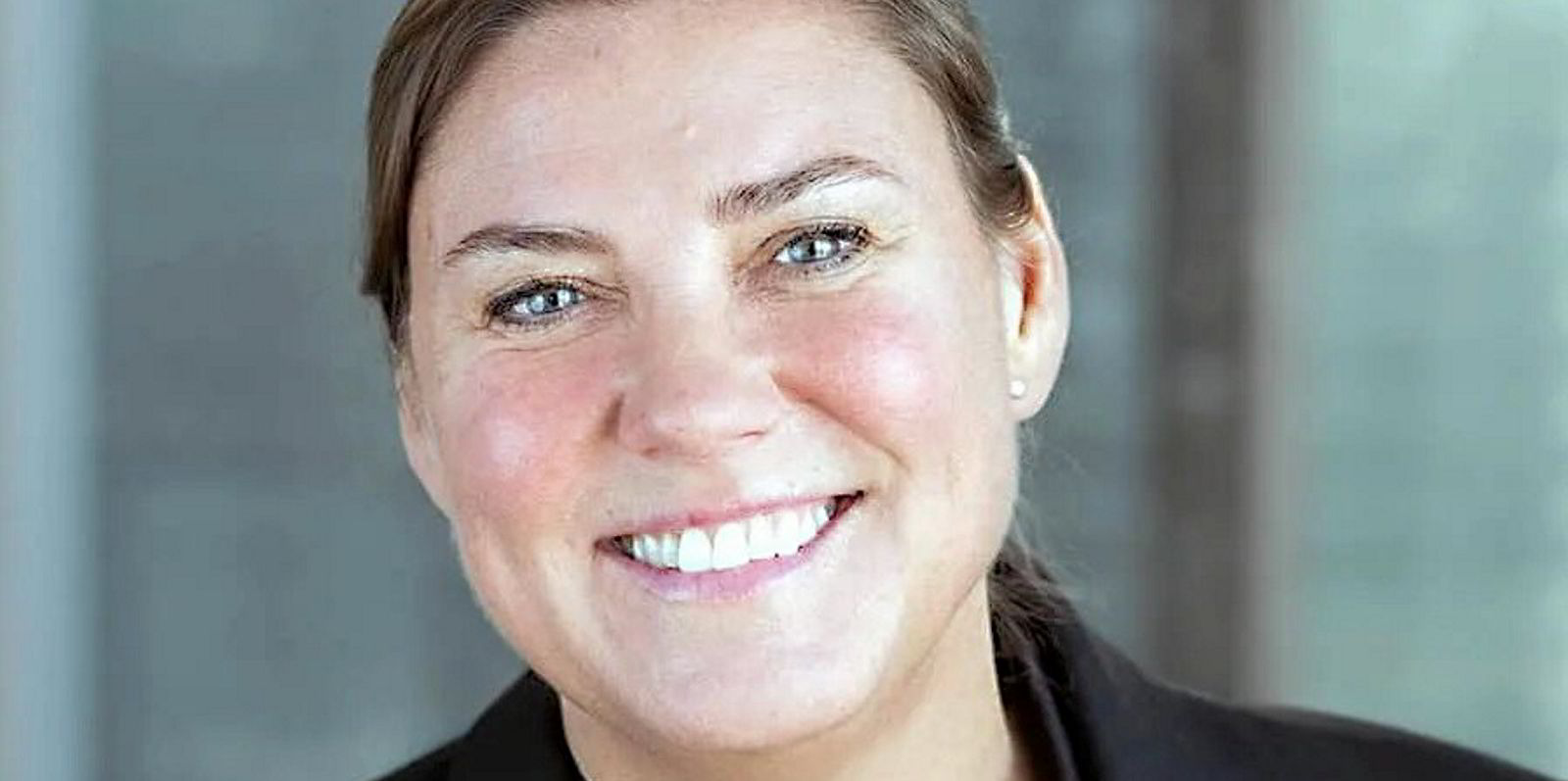Shipowners are queueing up to find berths for very large ammonia carriers, or VLACs, with at least two more owners named as being among those in talks with yards over newbuilding orders and enquiries well into double figures.
Newbuilding sources said Qatari giant Nakilat has finalised talks with Hyundai Heavy Industries (HHI) about possible contracts for a quartet of VLACs of around 88,000-cbm capacity. The negotiations are said to have been ongoing for some time and centred on between four and six ships.
The bulk of Nakilat’s fleet is LNG carriers, but the company has dabbled in the VLGCs and controls four 82,500-cbm vessels built between 2008 to 2009.
Nakilat’s spokesman did not respond to TradeWinds’ questions about the newbuilding talks.
Similarly, Turkish shipowner PascoGas, which controls a fleet of midsize gas carriers, has been linked to an order for a single 93,000-cbm VLAC at Hanwha Ocean in South Korea.
Those following the sector said PasgoGas has also been speaking with HHI about two 88,000-cbm VLAC berths.
Brokers said the company has signed letters of intent on the newbuildings with both shipyards.
Attempts to contact PascoGas on this were unsuccessful.
Those following this incoming VLAC newbuilding business said the intention is that these new orders will be concluded before the end of this year.
Aside from what would appear to be more tangible incoming orders, shipbuilders are reporting that they are fielding a large number of enquiries for VLACs and VLGCs, with one shipyard source putting the number of those searching for slots at 20.
Brokers said the drivers are the current and perceived future strength of the VLGC market that is being bolstered further by the ongoing and expected ongoing limitations on Panama Canal transits. But they are also citing the anticipated growing global demand for both blue and green ammonia.
The VLAC — essentially the next generation VLGC in that they have been designed to be capable of carrying full cargoes of ammonia — comes at a comparatively low additional capital expenditure over constructing a conventional very large gas carrier.
VLACs are built with reinforced tanks and hulls that enable them to load ammonia, which has a higher specific gravity than traditional LPG cargoes. This would add just $1m to $1.5m to the capital expenditure on a vessel, leading some to suggest the decision to add this option as a no-brainer for owners wanting to future-proof vessels.
Diving in
The number of big-name shipowners opting to go for VLACs may also be another driver.
In the past four months, 13 VLAC newbuildings have been inked.
Both Evangelos Marinakis and Idan Ofer were among the first to dive into contracting two 88,000-cbm vessels apiece at Hyundai Heavy Industries through their Capital Maritime & Trading and Eastern Pacific Shipping companies, respectively.
Greek owner Naftomar dived in at Hanwha Ocean in a bold move with a quartet of 93,000-cbm VLACs priced at $125m each, and Dorian LPG appears to have dipped its toe in the water with a single ship order at the same yard.
Last week, Maersk Tankers finally emerged with its order for up to 10 VLACs. The company, along with Japanese trading house joint investor Mitsui & Co, contracted four conventionally fuelled, 93,000-cbm vessels at South Korea’s Hyundai Samho Heavy Industries for delivery from late 2026 onwards with options on another six ships.
One question over any VLAC order is the propulsion system arrangement on newbuildings and whether any of the existing and incoming orders will have the option to switch to dual-fuelled ammonia engines when these become commercially available.
And there are larger vessels on the horizon. In Athens last week, Angelicoussis Group president and chief executive Maria Angelicoussis revealed the company is working with US energy major Chevron on an even bigger ultra-large ammonia carrier design of 150,000 cbm.







